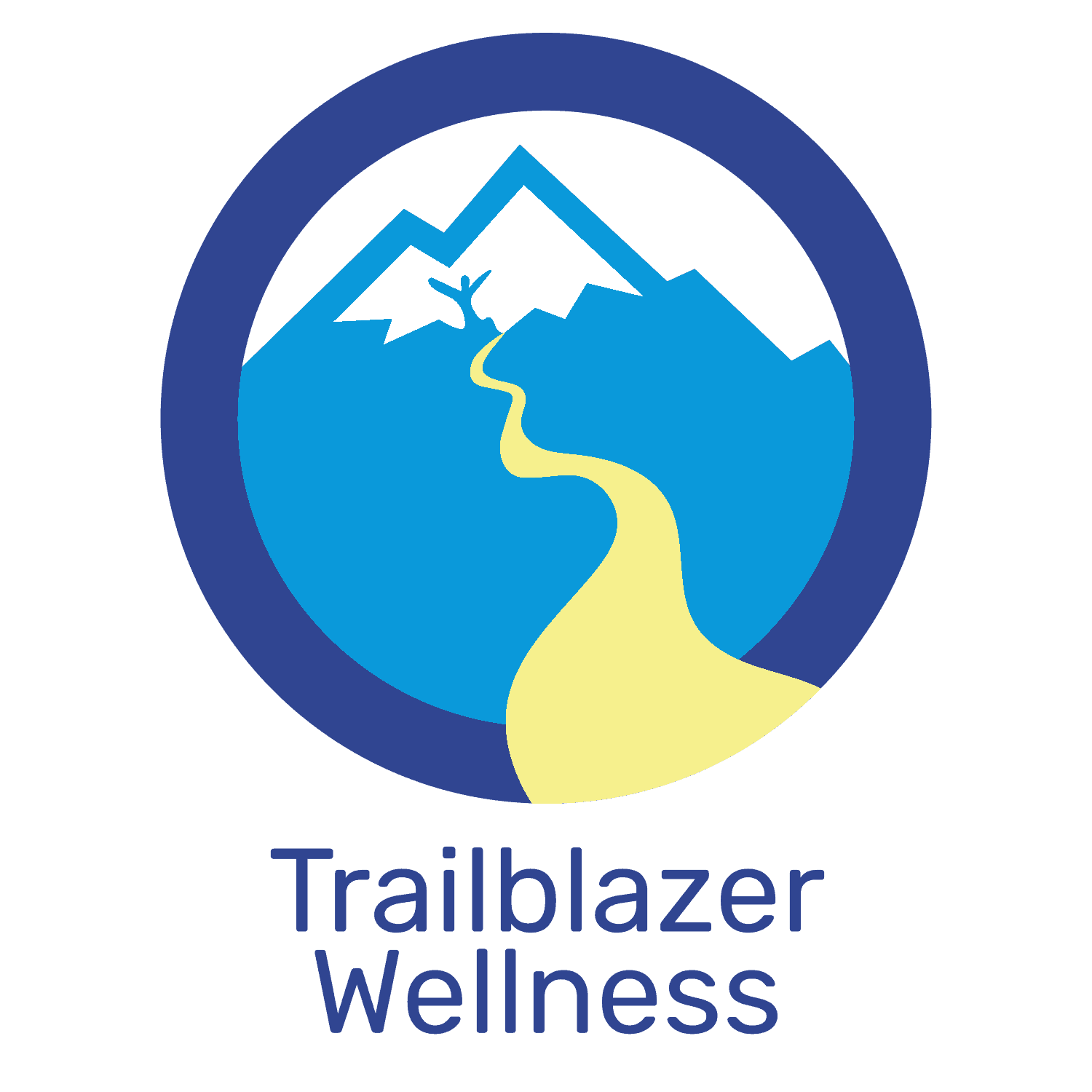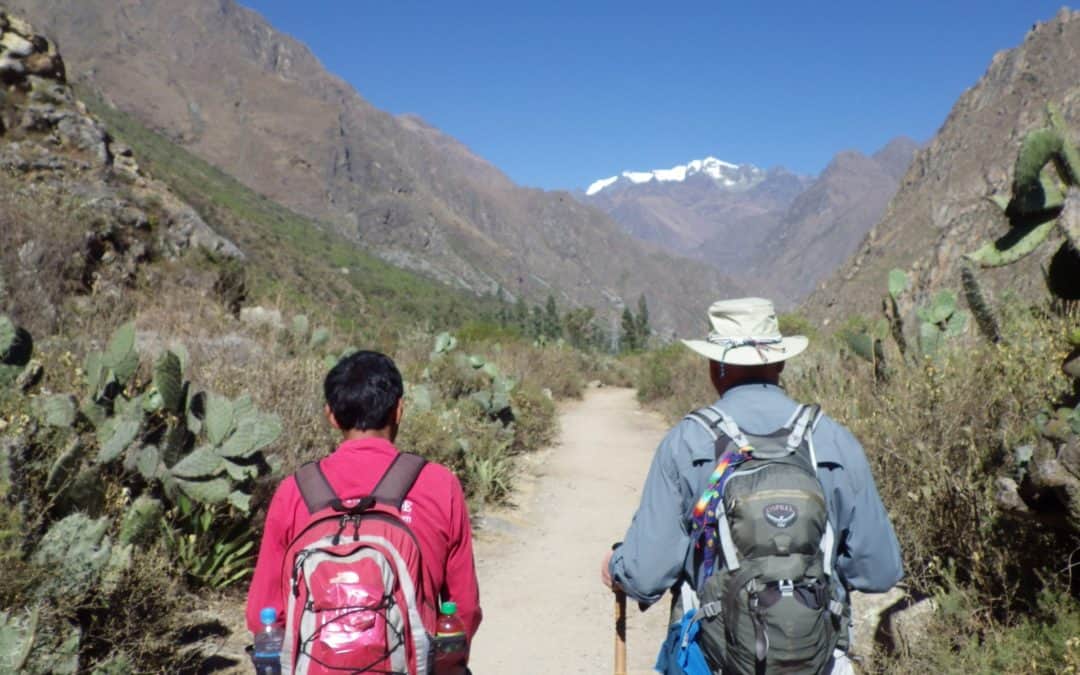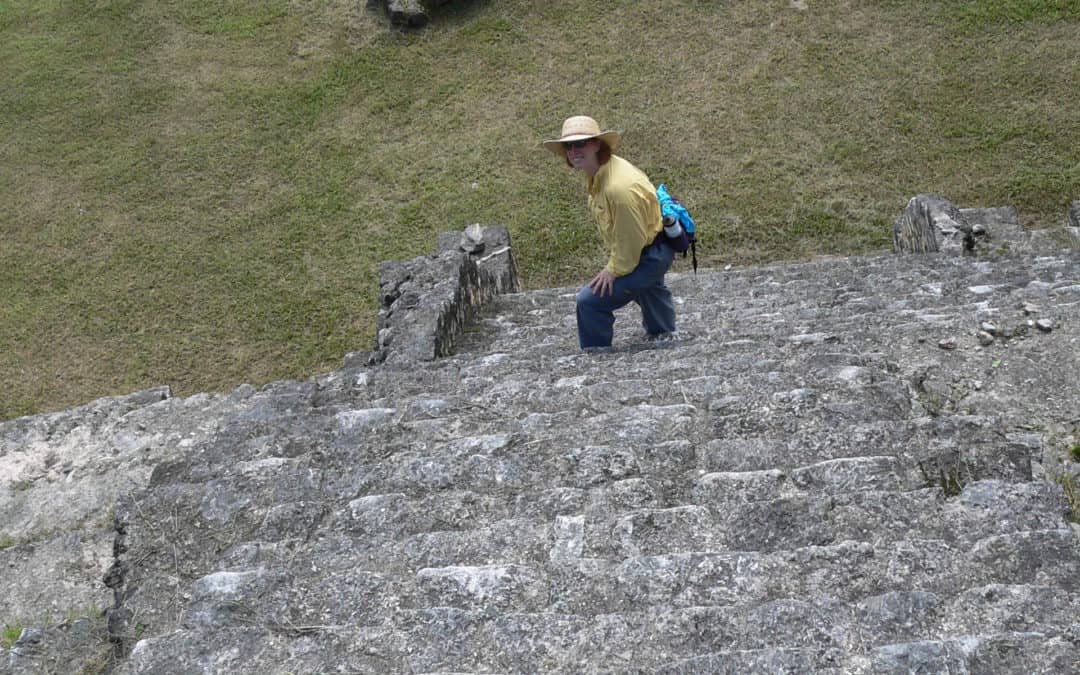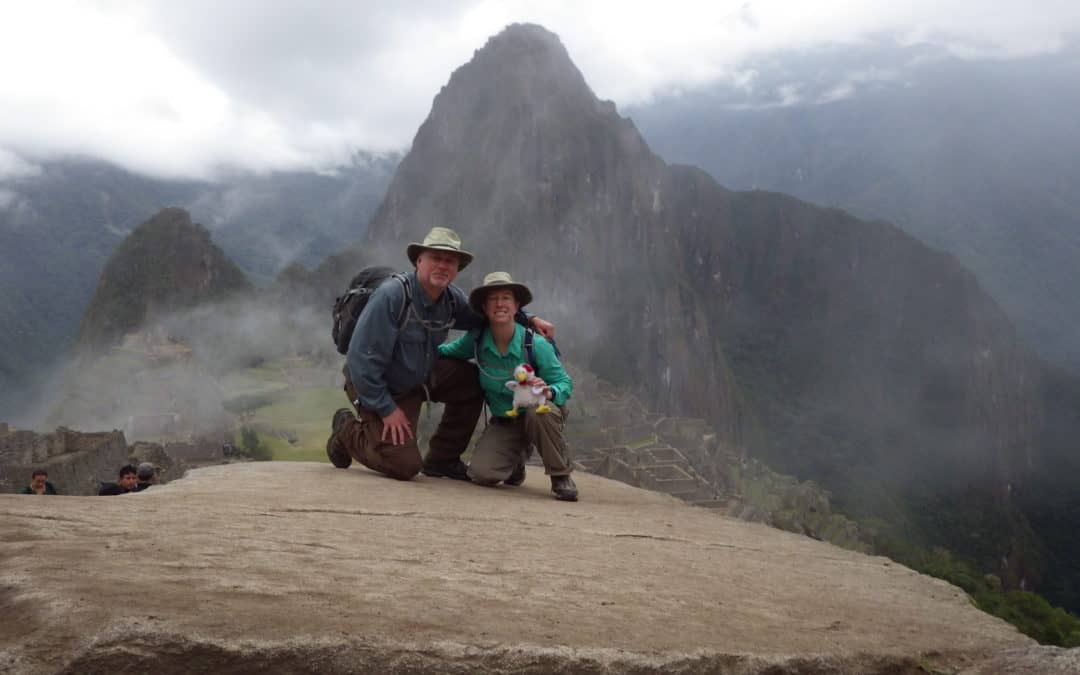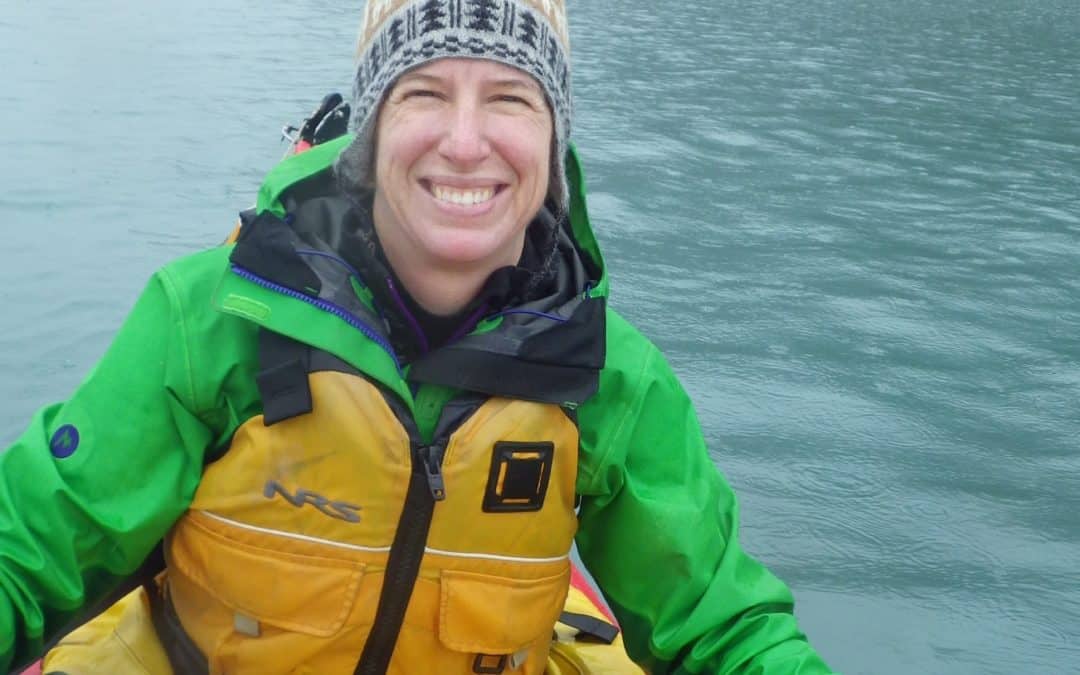
Preparing for Your First Multi-Sport Adventure Trip – Physically and Mentally
Steps to take before you go, so you have an amazing experience
Now that you’ve decided to take a multi-sport trip, the fun is just beginning! If you haven’t decided on a specific trip yet, get some tips for that in “Picking Your First Multi-sport Adventure.”
You definitely don’t need to be a super-athlete to enjoy a trip that involves several hours a day of physical activities. Even if you have just a few weeks to prepare, though, doing as much as you can beforehand will make a difference in how much you enjoy the actual trip.
When I was preparing for my multi-sport trip to the Galapagos, I got a detailed itinerary and extensive pre-departure information from the company I used to book my trip, Detour Destinations. Knowing what to expect during the trip was really helpful for my husband and I to physically and mentally prepare for the activities we’d be doing.
The good news is, preparing is fairly simple – it’s mostly a matter of finding a bit more time to fit in additional activity. In fact, finding time may be the hardest part! The payoff for investing the time before you go is more energy, more confidence and, most importantly, more fun!
You may want to check with your doctor before increasing your physical activity (please see the special note at the end of this document).
Baseline fitness level
Yep, time to get real. How active are you and your travel companion(s) on a regular basis? If you’re “weekend warriors” that’s a start – though your trip will be longer than a weekend, so below are some tips on adding more “warrior” into your weekdays.
If you’re already pretty active, there are some ideas on tweaking your routine below. Because let’s be honest, most of us aren’t gearing up for a multi-sport adventure in our normal lives!
Baseline experience with each activity
Has it been a while since you’ve been on a bike? Will this be your first time on a SUP?
That’s okay, most trip operators and guides account for the fact that some of those on their trips may have limited experience with the activities. They will likely include some instruction for everyone participating in certain activities.
Building stamina
Whether you’re the weekend warrior or already active, add about 10-15% more activity into each week as you get closer to the trip.
If you’re hiking 3-5 miles on a weekend day, add a couple of 1-2 mile walks during the week and add about a half mile or so to each weekend hike. If you bike 10-15 miles on a weekend day, add some short weekday rides and a couple more miles each weekend.
If your trip involves much longer distances and intensity than what you’re doing now, find ways to add more activity to get as close to your trip’s conditions as feasible.
Do it gradually though, to minimize the risk of injury. And consider working with a personal trainer or coach to get a personalized plan that takes into account your needs. My friend Lori Janousek put together some Tips for choosing a personal trainer.
If your trip includes an activity you aren’t doing regularly, aim to get out and do it once a week, if possible. Rent the equipment you don’t have, and take a class if possible.
Check with your local parks and recreation district, and with outdoor gear retailers – they may offer instruction directly, or they may have a list of others who put on classes.
Also check your itinerary to see if your trip includes two activities on the same day, such as hiking and biking. If so, try to do both in a day at least once or twice before you go.
Building strength
If you belong to a local gym, consider getting a few sessions with a personal trainer or taking a group class that focuses on strength training to dial in specific exercises and the proper technique.
If most of your activities will be leg-powered, then building strength in your legs will help you keep up with the group. Doing just a few key exercises – squats, lunges and step-ups – a couple of times a week will make a difference, and you can even do them at home.
Also include some core strengthening exercises a few days a week. A stronger core –abdominals, back and gluteus – adds stability to virtually all movements, and will help you endure longer periods of being on your feet.
There are dozens, if not hundreds, of core exercises you could do – so again, some personal or group sessions can help you find a few that work for you.
If your trip includes activities like paddling or rappelling, add in some upper body exercises too. Good old-fashioned pushups – with their many variations – work your arms, chest and back.
With strength training, you can do all of the activities in one day and then space out the workouts to be every 2-3 days. Or you can alternate doing the leg exercises on one day, core the next day, and upper body the following day, and then repeat the pattern.
For a quick, simple set of strength exercises you can do at home, check out my backpack workout on YouTube.
Building balance
Building balance is important too – many activities on multi-sport trips will involve uneven surfaces, and some may require body positions you’re not used to.
Simply standing on one leg for a minute or more at a time helps. Try doing this in different locations around your house, in your yard or a local park on the grass or dirt, and on a hill or incline (facing both uphill and downhill!).
Building confidence
This is the mental part, which is just as important as the physical preparation. You’ll likely get a confidence boost from activities above already as you go longer and get stronger.
Doing activities with friends or a local group (one that’s at your level) provides additional motivation and moral support.
For more positive reinforcement, share your progress on social media. If you’re not big on social media and sharing, consider keeping a journal of your activities and reflect on what you’ve done. Or put a sticky note on the fridge or a mirror to remind you of what you’ve accomplished each week!
Having an amazing multi-sport adventure on the horizon can be a great motivation to change up your routine and get more active. As long as you’re investing the money to take the trip, you may as well invest the time and effort to prepare so you can make the most of it!
Want more personalized support on picking and preparing for a multi-sport adventure trip? Contact me at becki@trailblazerwellness.com to ask questions and find out about getting personalized support for you and your travel companions.
FYI: Blog posts by Becki Rupp and Trailblazer Wellness LLC are for informational purposes only and may not be the best fit for you and your personal situation. Information included in these posts shall not be construed as medical advice. The information and education provided here is not intended or implied to supplement or replace professional medical treatment, advice, and/or diagnosis. Always check with your own physician or medical professional before trying or implementing any information read in our blog posts.
